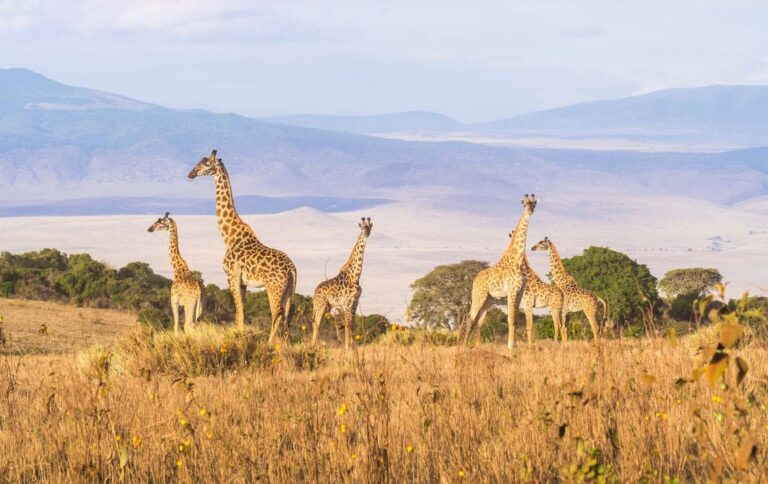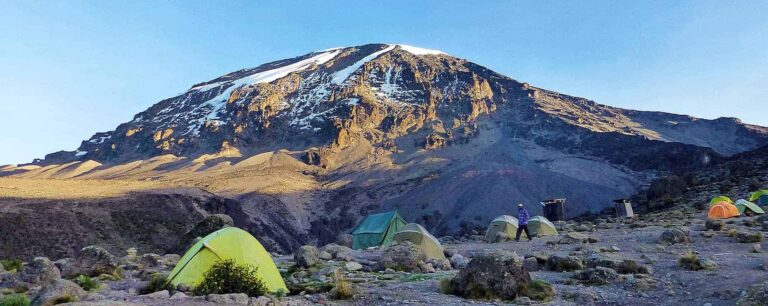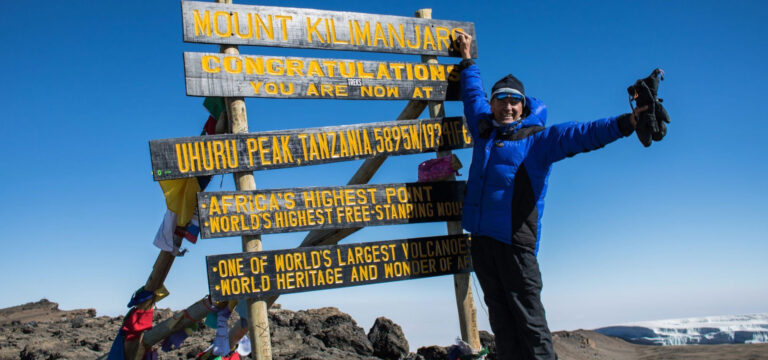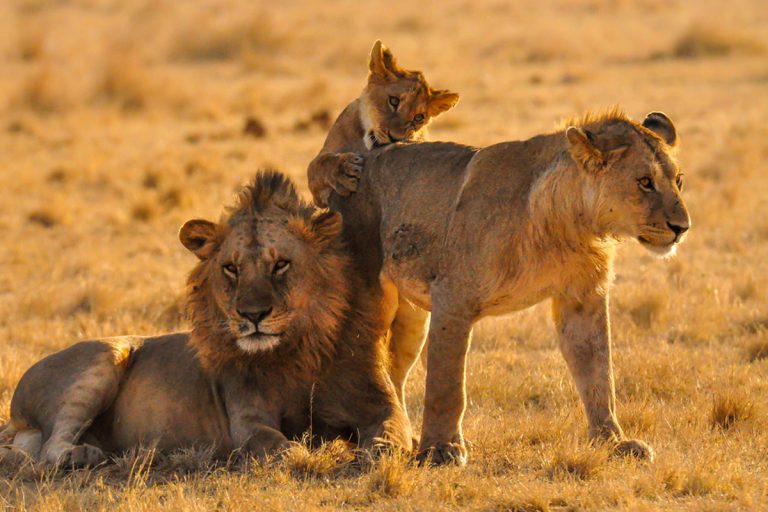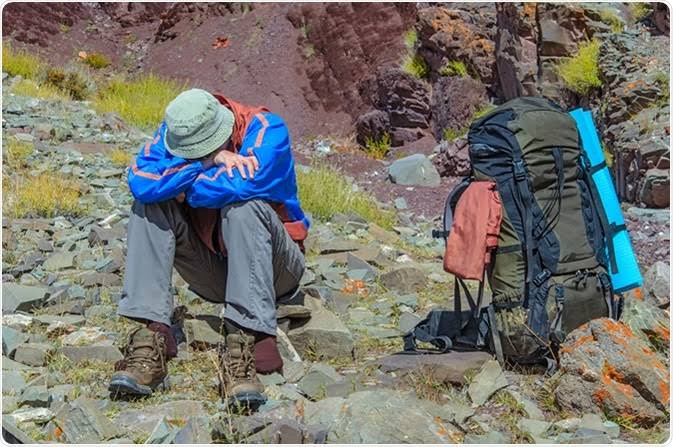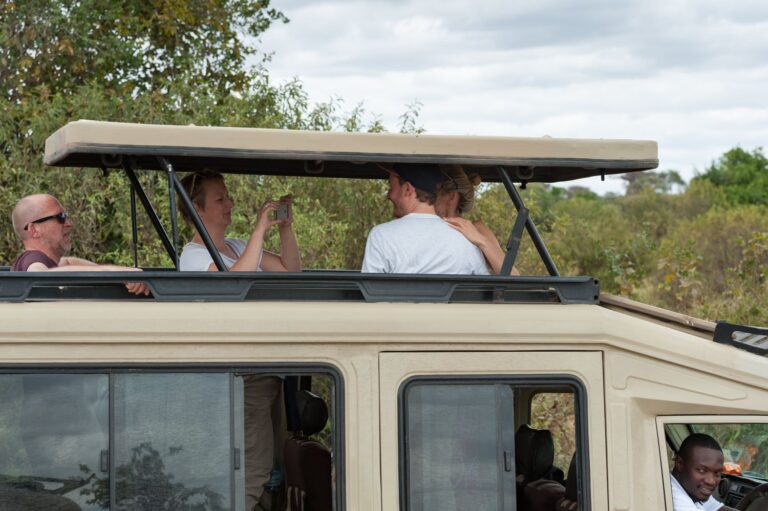Nyerere National Park, located in southeastern Tanzania, is part of the larger Selous ecosystem, one of the largest and oldest protected areas in Africa. The park lies in the regions of Morogoro and Lindi, with easy access from Dar es Salaam, making it a popular destination for both domestic and international tourists. The Rufiji River, one of the most significant rivers in Tanzania, runs through the park, providing a lush and varied landscape that supports a rich array of wildlife.
Covering an expansive area of approximately 30,893 square kilometers, Nyerere National Park is one of the largest national parks in Africa. This vast space encompasses a variety of ecosystems, including savannahs, wetlands, forests, and woodlands, which provide diverse habitats for the park’s wildlife. The size and diversity of the park ensure a truly wild and less crowded safari experience compared to other more popular parks like the Serengeti or Ngorongoro Crater.
The weather in Nyerere National Park is typically tropical, with two main seasons: the dry season and the wet season. The dry season runs from June to October, featuring lower humidity and cooler temperatures, making it an ideal time for game viewing as animals gather around water sources. The wet season, from November to May, brings higher temperatures and increased humidity, along with lush, green landscapes. The heaviest rains usually fall between March and May, which can make some areas of the park difficult to access but also brings about a rejuvenation of the flora and fauna.
The park is renowned for its impressive biodiversity, hosting a wide range of animal species. Visitors can expect to see large populations of elephants, lions, hippos, and crocodiles. The park is also home to endangered species like the African wild dog. Bird enthusiasts will find Nyerere National Park particularly appealing, with over 440 bird species recorded, including the African fish eagle and the rare Pel’s fishing owl. The best time to visit is during the dry season from June to October when wildlife is easier to spot due to the sparse vegetation and the congregation of animals around the remaining water sources. This period offers excellent conditions for both game drives and boat safaris on the Rufiji River.

